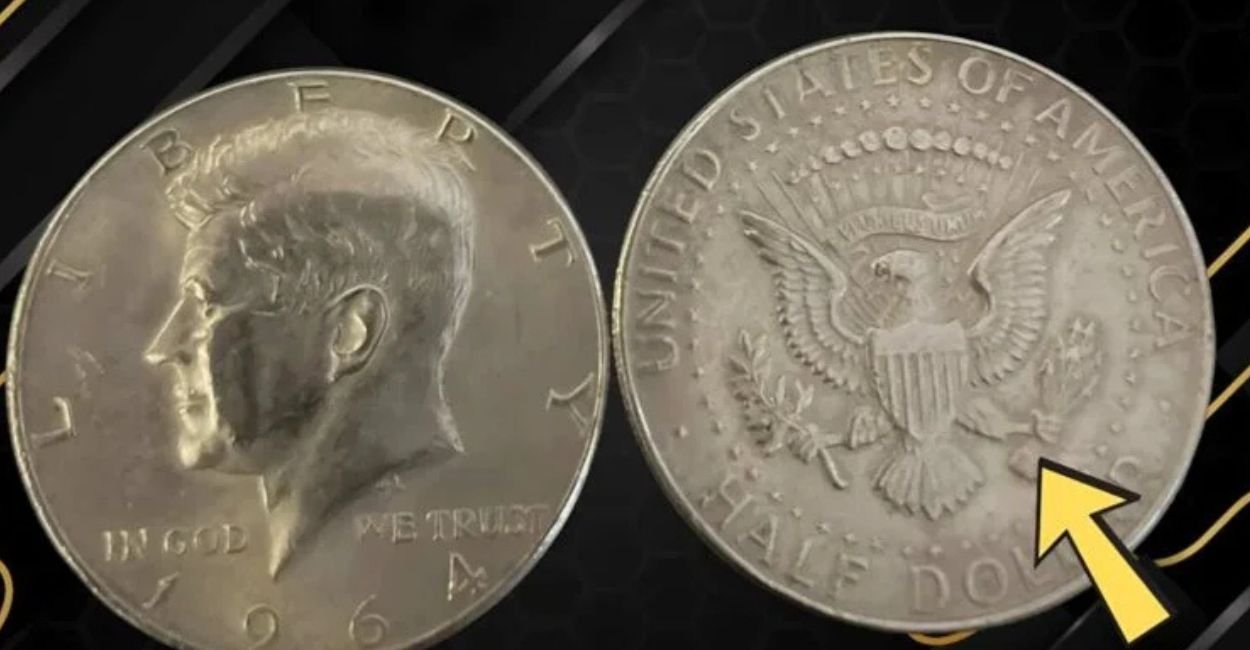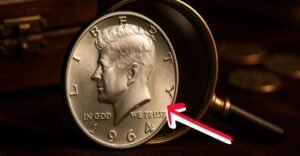Ever flipped a nickel and wondered if it could buy you a house? For most, it’s just five cents of pocket lint. But one sneaky five-cent piece from 1913—the Liberty Head Nickel—has collectors drooling over its $1.5 million price tag. This tiny treasure vanished into thin air for decades, sparking wild rumors and treasure hunts across the globe. It’s not just a coin; it’s a slice of hidden American history that popped up like a plot twist in a spy novel. If you’re into old money, smart investing, or just love a good “what happened next?” story, this tale of secrecy, surprises, and sky-high bids will hook you.
What Makes the Liberty Head Nickel a Collector’s Dream?
Nickels like this one aren’t your run-of-the-mill vending machine fodder. Back in the day, the U.S. Mint cranked out Liberty Head Nickels from 1883 to 1912 as everyday five-cent coins. Picture a classy lady’s profile on one side and a bold “V” (that’s Roman for five) on the back—simple, sturdy, and made from a mix of nickel and copper. But in 1913, the Mint switched to a new buffalo design, slamming the door on the old style. Or so everyone thought. Turns out, five sneaky versions dated 1913 slipped through the cracks, made on the down-low without a green light from the bosses.
Quick Scoop on the $1.5 Million Wonder: Facts at Your Fingertips
To keep it straightforward, here’s a no-fluff table breaking down the essentials of this elusive nickel. Think of it as your cheat sheet for impressing friends at the next barbecue:
| Quick Fact | Plain Talk Explanation |
|---|---|
| Coin Basics | Five-cent piece; Lady Liberty front, Roman “V” back; nickel-copper blend |
| Year & Rarity | 1913—only 5 ever made secretly after official production ended |
| Top Value Today | $1.5 million+ per coin; one hit nearly $5 million at auction |
| Famous Owners | King Farouk of Egypt, U.S. tycoons; even starred in a TV show |
| Condition Key | Must be crisp and untouched—scratches tank the price fast |
| Mint Mystery | Likely crafted by insider Samuel Brown at the U.S. Mint |
This snapshot shows how a pocket-sized puzzle packs a millionaire’s punch. No wonder auction rooms erupt when one surfaces!
The Secret Birth: How It Dodged the Rules and Went Poof
Crafting these coins was like pulling off a heist in broad daylight. In late 1912, as the Mint prepped the buffalo switch, a worker named Samuel Brown—eager beaver or sly fox?—fired up the presses one last time. He struck five Liberty Heads stamped “1913,” against all regs. These weren’t for circulation; they were hidden gems, tucked away like contraband. For seven long years, they ghosted the world. Folks figured any extras got melted down in the Mint’s furnace. But nope—Brown held onto them, biding his time. Then, boom: 1920 Chicago coin show. He unveils all five, jaws drop, headlines scream. From there, the nickels bounced between big-shot collectors, fetching fat stacks.
Epic Comeback: The 1960s Shocker That Rocked the Coin World
Fast-forward to the swinging ’60s, and the Olsen nickel pulls its grand re-entrance. Tucked in a shadowy private stash, it emerges like a time traveler, sparking front-page frenzy from New York to London. Media swarmed: “Lost Coin Found—Millionaire Mystery!” Experts swarmed too, using microscopes and metal tests to confirm: yep, the real deal. Graded top-tier by pros (think PCGS or NGC seals of approval), it hit the auction block, paddles flying like confetti. That buzz? It cemented the nickels as legends. Not just cash cows, but cultural icons— one even propped up a prop in the old “Hawaii Five-O” episodes. The rediscovery flipped the script: from presumed goner to global star, proving history’s got a knack for plot twists.
Rookie Traps: Don’t Botch Your Big Score
Spot a suspect nickel? Steer clear of these blunders:
- Skip the Scrub: Polishing erases the “patina”—that cozy aged sheen—slashing value by half.
- Gloves On: Skin oils are silent killers; handle with care or tools.
- Fake Alert: Counterfeits lurk—get pro verification before celebrating.
- Hasty Hustle: Don’t dump it cheap; auctions yield the real riches.
Play it smart, and your find stays fabulous.
Jump In: Easy Ways to Chase Your Own Rare Nickel Thrills
This story got you itching to play detective? Coin hunting’s for everyone—no fancy degree needed. Here’s your starter playbook:
- Scope the Stashes: Sift through grandma’s cookie jar, estate sales, or eBay lots. Eyeball 1913 dates first.
- Tool Up Light: Snag a $10 magnifier to spot funky edges or doubled letters.
- Safe Keeping: Slip into soft sleeves, stash in a dry drawer—away from sun and sticky kids.
- Learn the Lingo: Free sites dish on “key dates” (rare years) and mint goof-ups.
- Pro Ping: Upload pics to grading sites; many hook you up with free first glances.
Start small, stay hooked—the joy’s in the journey, even if it’s not a million bucks.
Why This Nickel’s Saga Still Steals the Spotlight in 2025
Flash to now: with crypto crashes and stock jitters, these old-school shinies shine brighter. Rare coins like the Liberty Head have clocked 10%+ yearly gains, trumping inflation like champs. Historians dig the Mint mischief peek; investors love the steady climb (one Olsen kin topped $4.5 million in 2018). Pop culture nods keep it fresh—think cameos in flicks and shows. In our swipe-fast world, it’s a tactile thrill: hold history, feel the weight of “what if.” Myths busted? Yeah—regular old Liberty Heads (pre-1913) fetch peanuts, $5 to $100 tops. But the 1913 crew? They’re the unicorns, fueling forums, clubs, and dreams of that big score.
Conclusion: From Shadowy Secret to Shiny Legacy—Unlock Yours Today
The wild ride of the $1.5 million 1913 Liberty Head Nickel—from midnight mint magic to decades in the dark, then a spotlight splash—proves treasures thrive on timing and tenacity. It’s more than metal; it’s a nudge to notice the overlooked, turning five cents into a fortune tale. For newbie hunters, history buffs, or portfolio pros, the lesson’s clear: curiosity cracks codes. So, grab that loupe, raid the relics, and verify the vibes. Your everyday nickel might narrate the next chapter. After all, in coin collecting, the real jackpot’s the stories you unearth. Happy hunting—may your flips land fabulous!
FAQ: Cracking the Code on the Lost Liberty Head Nickel
Why is the 1913 Liberty Head Nickel worth $1.5 million?
Only five were secretly made after production stopped—extreme rarity, plus pristine condition and famous backstory, drive collectors wild at auctions.
Who probably created these secret nickels?
Mint worker Samuel Brown gets the nod; he showed them off in 1920, kicking off the frenzy.
How did the Olsen specimen vanish for so long?
It traded hands quietly, then hid in private collections through the mid-1900s—wars, moves, and secrecy kept it under wraps till the ’60s.
Are all Liberty Head Nickels super valuable?
Nope—just the 1913 ones. Earlier years (1883-1912) are common and worth $5-$100, depending on wear.
How do I check if my nickel’s a keeper?
Zoom in on the date with a magnifier, then send pics to PCGS or NGC for pro grading—fakes are sneaky.
Is hunting rare coins a good hobby or investment?
Both! It’s fun for the thrill, smart for gains (8-12% yearly averages). Start with basics—no need for big bucks upfront.




